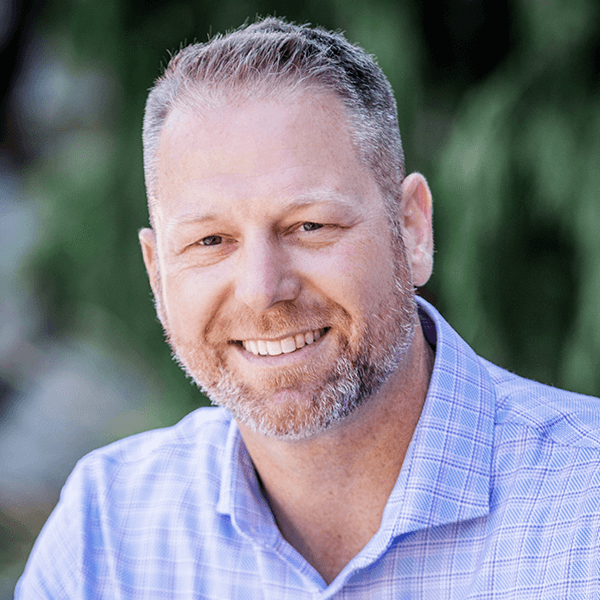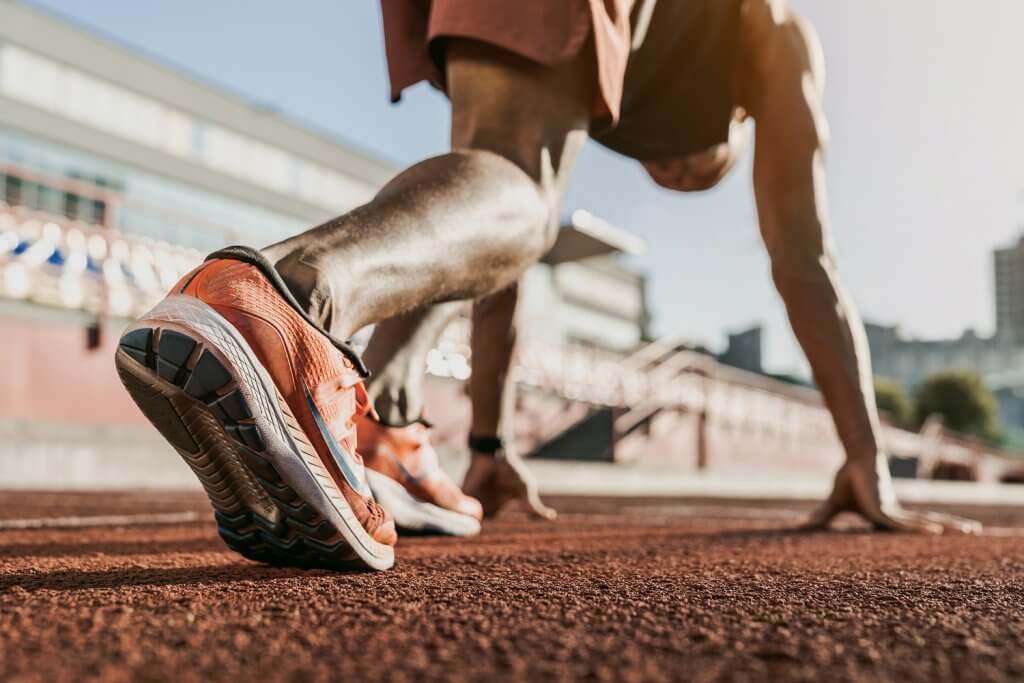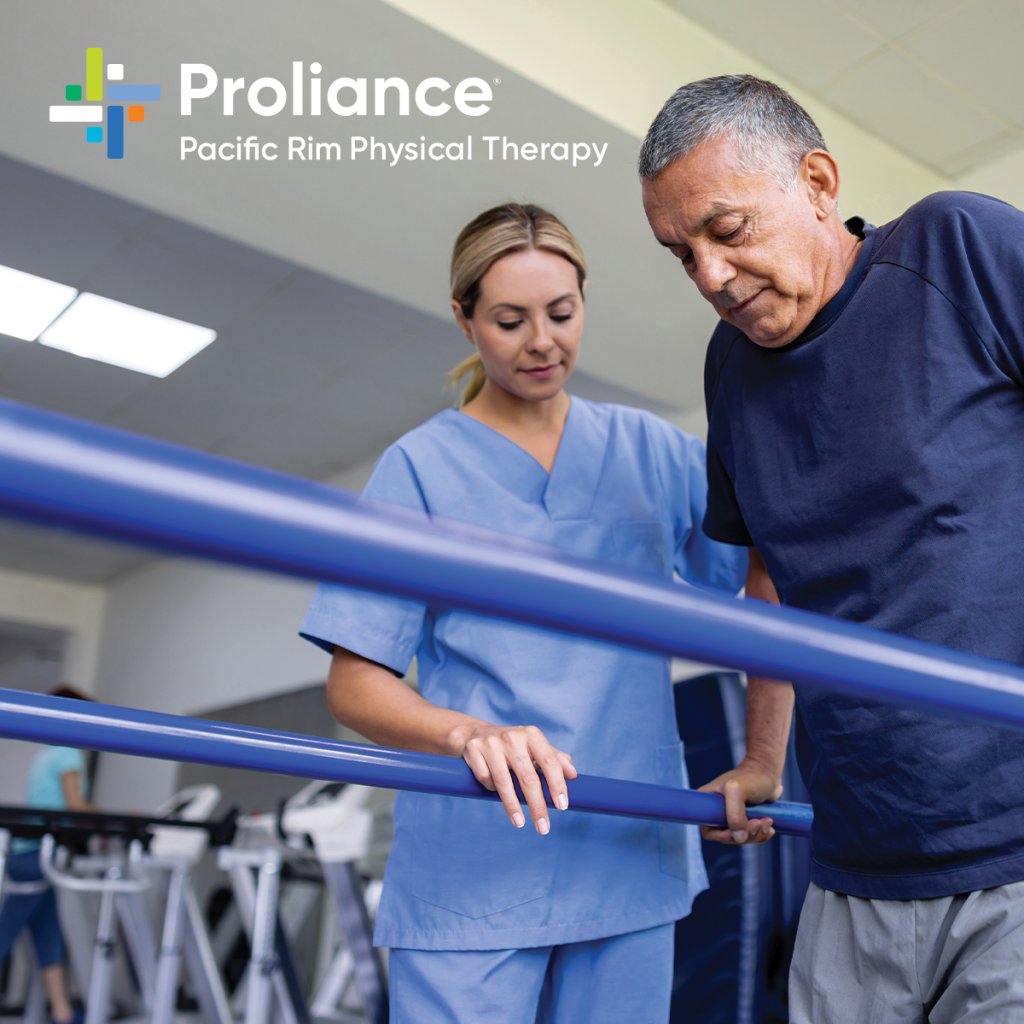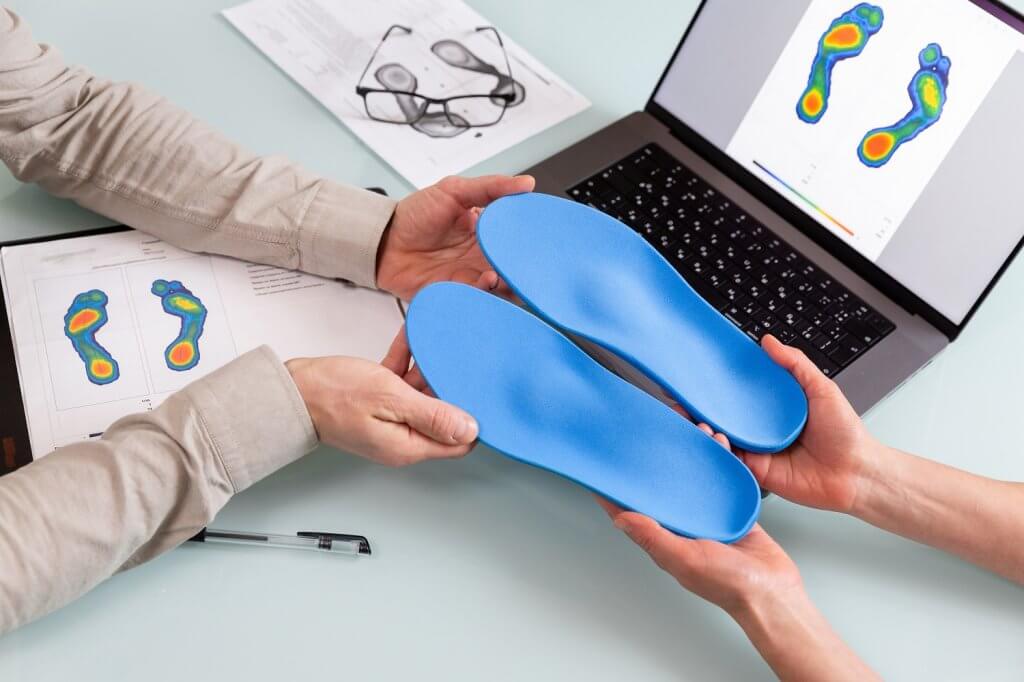As an orthopedic surgeon, treating my patients is top of my list, but educating my patients on their musculoskeletal system is very important to me. Starting with the joints, let’s take a dive into the anatomy of the knee.
How the Knee Carries Weight
There are three weight bearing bones in the knee. The thigh bone is the femur, and the shin bone is the tibia. The kneecap is the patella, which provides a lever for extension. I’ll mention the fibula to be complete, but it doesn’t bear much weight.
On the ends of the bones is a wonderful substance called hyaline cartilage. The function of hyaline cartilage is to disperse pressure and glide during movement. In walking, every time the foot hits the ground, energy from the impact is absorbed and dispersed in part by hyaline cartilage. It also glides during movement. When totally healthy, hyaline cartilage is between 10 and 100 times more slippery than ice on ice. Imagine glistening ice on a hockey rink after a Zamboni machine has smoothed it all out. Then imagine something 100 times more slick. That’s seriously smooth.
There is another knee shock absorber made of a fibrocartilage called the meniscus, one medial and one lateral. One way to describe the meniscus is to say that it’s C-shaped, connected to the tibia with two anchors near the center of the bone and connected to the surrounding capsule. But that description doesn’t really help demonstrate how it works. To figure that out, imagine a pool ball on a hard floor. The ball has a single point of contact to the floor. All the pressure goes through that contact. Now imagine a cradle for the ball that matches the shape of the ball on one side and the shape of the floor on the other side. Instead of a single point, the weight of the ball is distributed over the area of the cradle. The analogy is brought full circle as we see the round end of the femur being wedded to the flat top of the tibia by the meniscus cradling the femur and dispersing forces accordingly.
“But Doc, what about the pain?”
Most generally, chronic knee pain is caused by the breakdown of cartilage within the knee, either hyaline or meniscal. Usually the knee starts to degenerate with a meniscus tear, which can be painful in itself. A torn meniscus is less effective, leading to increased force across hyaline cartilage. Over time, the hyaline cartilage wears out, and more pressure is delivered to the bones, which are full of nerves. Nerves transmit pain. We call that condition arthritis, or lack of cartilage.
Treating Arthritis in the Knee
When it comes to arthritis treatment, doctors focus on decreasing force and pain. The very first thing a doctor may offer is encouragement to lose weight, because we know that decreasing force can alleviate pain. We also know that weight is most impacted by dietary changes, so exercise isn’t required to lose it. That doesn’t make it easy, but the solution is not complex.
A fascinating and puzzling thing about arthritis treatment is the use of physical therapy. We just detailed all the structural reasons that joints hurt, and yet, we have excellent science that says physical therapy, which doesn’t change structure, is effective at decreasing pain and increasing function.
We have some pharmaceutical tools to improve joint pain. We use things like Tylenol, NSAIDs (ibuprofen commonly), or injections. Injections are typically steroids aimed at decreasing night and rest pain. Duration and efficacy are variable among patients. I’ll mention platelet rich plasma injections, but this is experimental. Somewhat controversially, some doctors offer stem cell injections. Unfortunately, the idea that stem cells can regenerate cartilage is currently not proven.
If arthritic pain becomes the dominant force in your life, we may offer a total knee arthroplasty – the final solution for arthritis. It shields the nerves of the bones by cementing in metal implants and puts a plastic liner between them. Even so, these may not be perfect, so we stress trying to get as many years and miles from the original model as possible.
Finally, if your knee is hurting, and you want to find out more, come on in for some fact finding and discussion. We can help figure out your best next steps.







